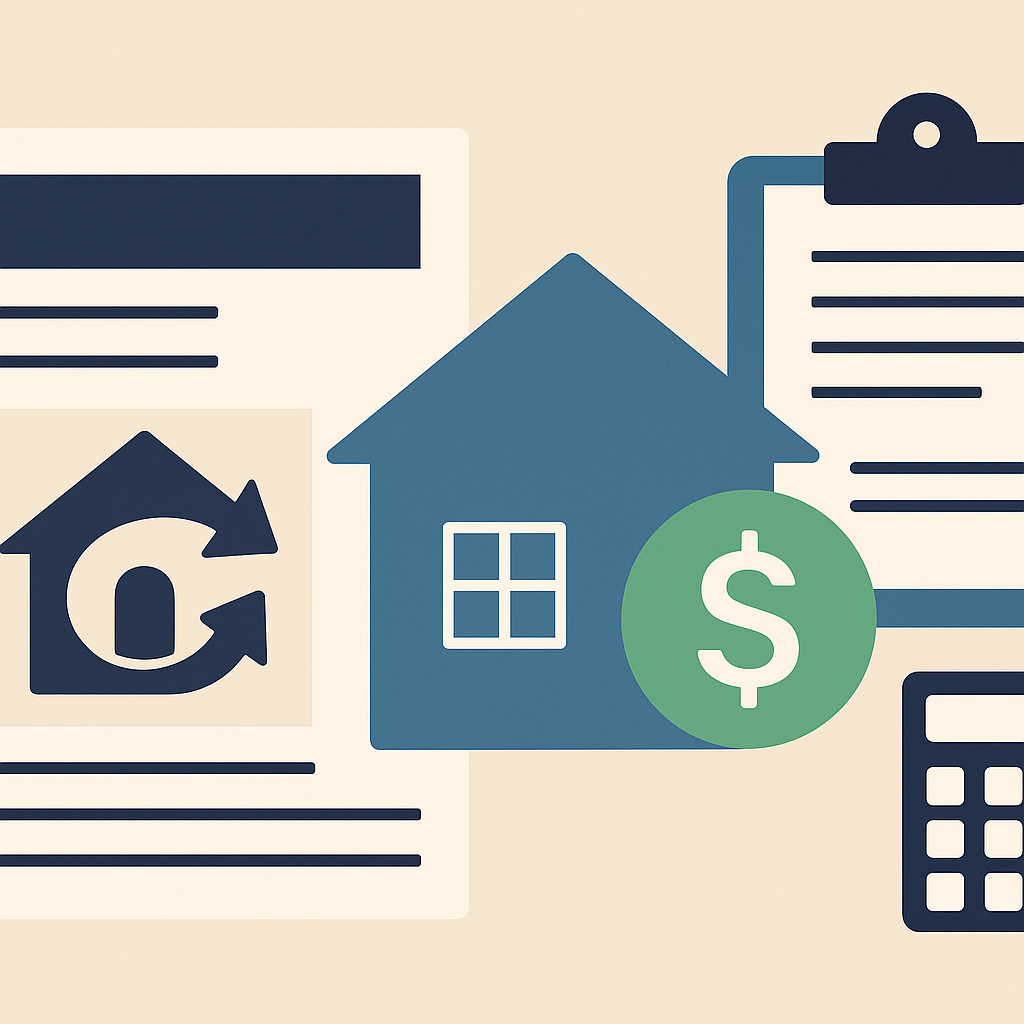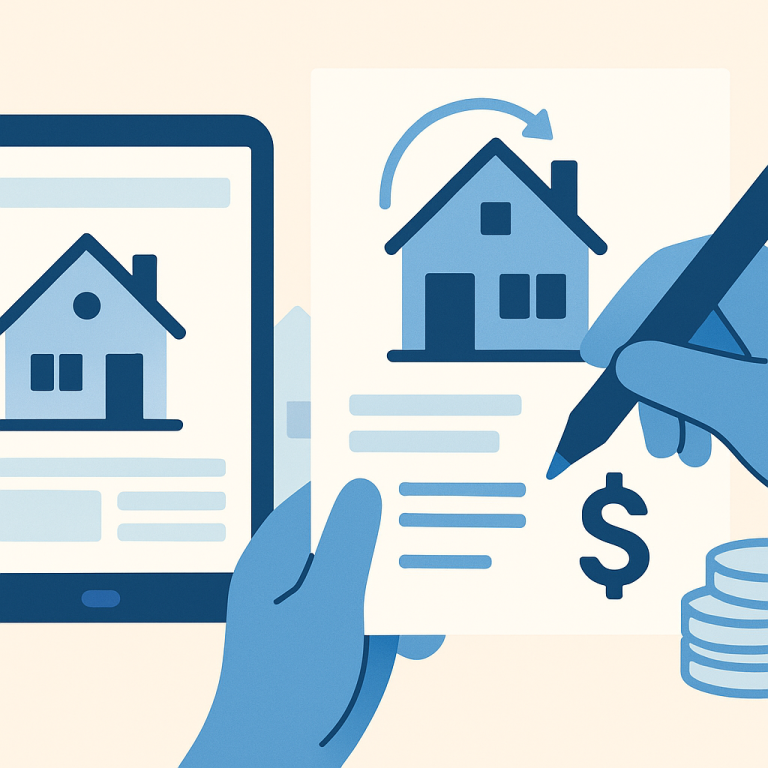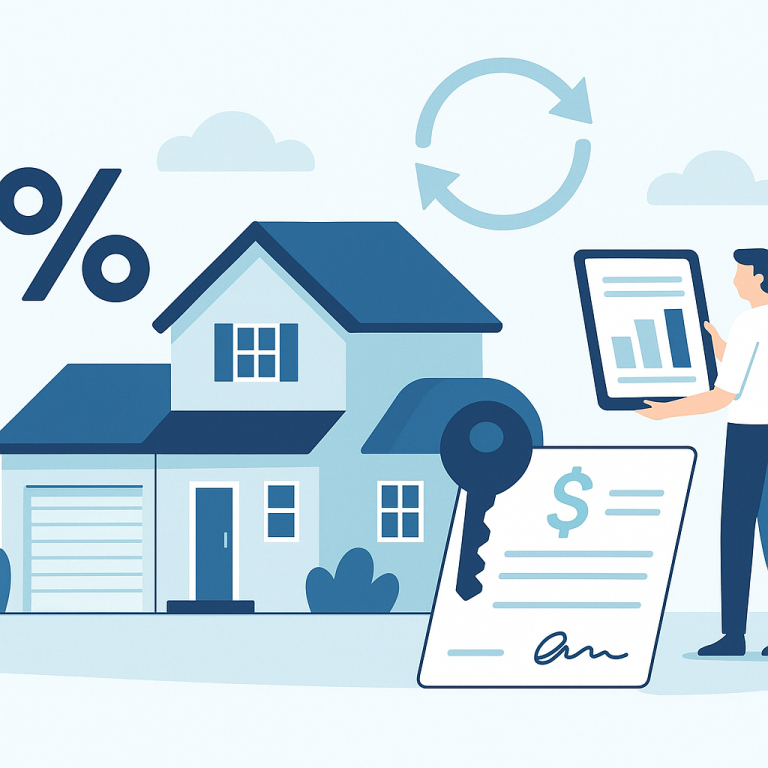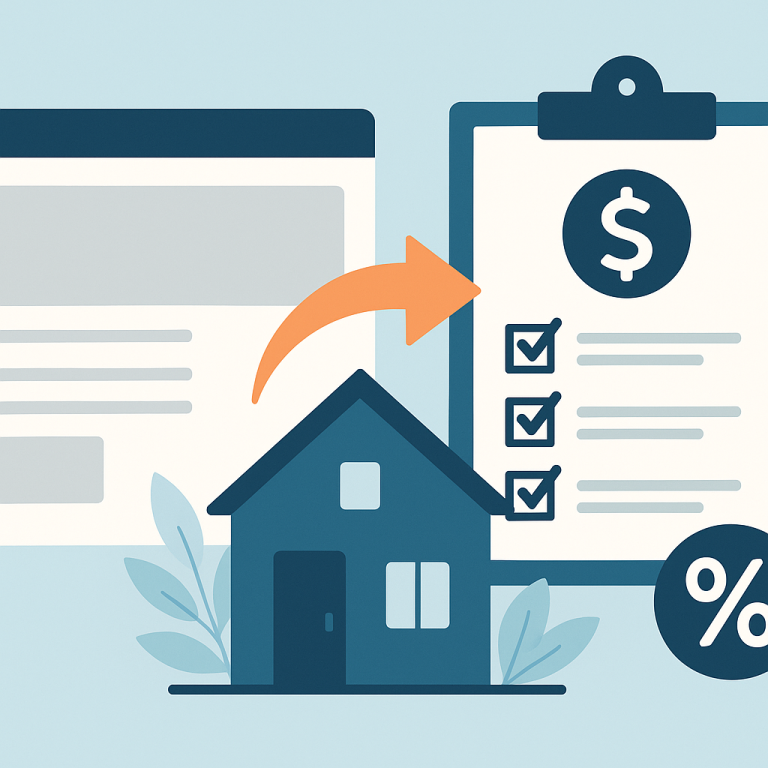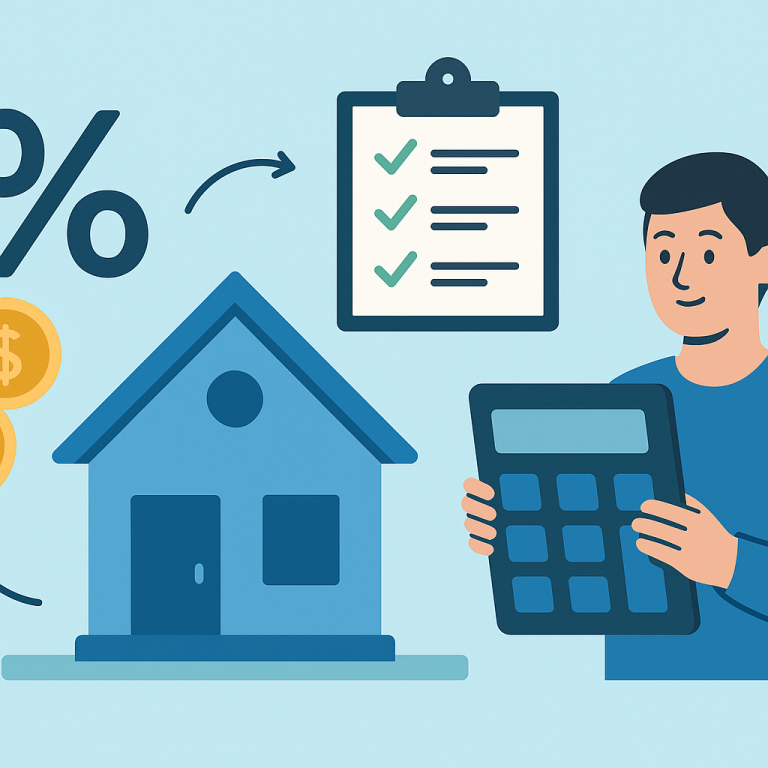Refinance Applications Jump 22% After 30-Year Mortgage Rate Drops To 6.15%
Refinancing Shift: Homeowners Opt to Shorten Loan Terms as Rates Moderate
As mortgage rate volatility eases from recent extremes, a growing number of homeowners are refinancing not primarily to lower monthly payments but to shorten loan terms and accelerate equity building. The trend reflects a recalibration of priorities among borrowers who are weighing long-term interest costs against immediate cash-flow relief.
Whereas past refinancing waves often centered on reducing monthly outlays through lower rates or cash-out access, recent activity indicates a stronger interest in moving from 30-year mortgages to shorter-term products. Borrowers who can afford a modestly higher monthly payment are attracted to the prospect of paying off homes sooner and saving interest over the life of the loan.
Why homeowners are choosing shorter terms
Several practical factors are driving this shift. First, when rates stabilize after a period of fluctuation, the relative penalty for selecting a shorter-term, higher-payment loan declines compared with the long-term interest savings such a move can deliver. Second, many homeowners have built up equity during prior price appreciation, creating flexibility to restructure debt without increasing loan-to-value constraints. Finally, heightened financial literacy and tools that illustrate lifetime interest savings make the payoff of a shorter term more tangible to borrowers.
What lenders are offering and how it affects choices
Lenders have responded by promoting a range of short-term refinancing options and by emphasizing customizable amortization schedules. Some offer rate discounts for borrowers choosing 15- or 20-year terms, while others highlight options such as biweekly payment plans or principal-only payment features. These product variations can materially change the payoff timeline and total interest paid, making it important for borrowers to assess products beyond the headline rate.
Practical homeowner takeaways
- Run the numbers on total interest and monthly payment: Compare the lifetime interest cost and monthly outlay for your current loan versus shorter-term refinances to determine the real trade-off.
- Factor closing costs into break-even calculations: Upfront fees can erase near-term savings, so calculate how long it will take to recoup those costs through lower interest expense.
- Assess cash-flow tolerance: A shorter term usually raises monthly payments. Ensure the new payment fits comfortably within your budget and contingency plans.
- Consider long-term goals: If retirement timing, potential relocation, or future liquidity needs are on the horizon, weigh those factors before accelerating payoff.
- Shop lenders and rate locks: Compare offers from multiple lenders and understand lock windows to protect against rate swings during processing.
How to evaluate if a shorter term is right for you
Start with a targeted assessment of your remaining mortgage balance, current interest rate, and expected horizon in the home. Use amortization calculators to model scenarios—maintaining the existing loan, refinancing to a shorter term at a similar rate, or refinancing with other changes such as a cash-out. Include an analysis of closing costs, potential prepayment penalties, and tax considerations tied to mortgage interest.
Finally, consult with a mortgage professional to obtain personalized quotes and to confirm eligibility. For many homeowners, a shorter-term refinance can be a powerful tool to build equity faster and reduce lifetime interest, but the decision hinges on individual cash-flow capacity and long-term plans.
META: Shorter-term refinancing is drawing interest as rates stabilize; homeowners should model lifetime costs, include closing fees in break-even calculations, and confirm the new payment fits their budget before proceeding.

